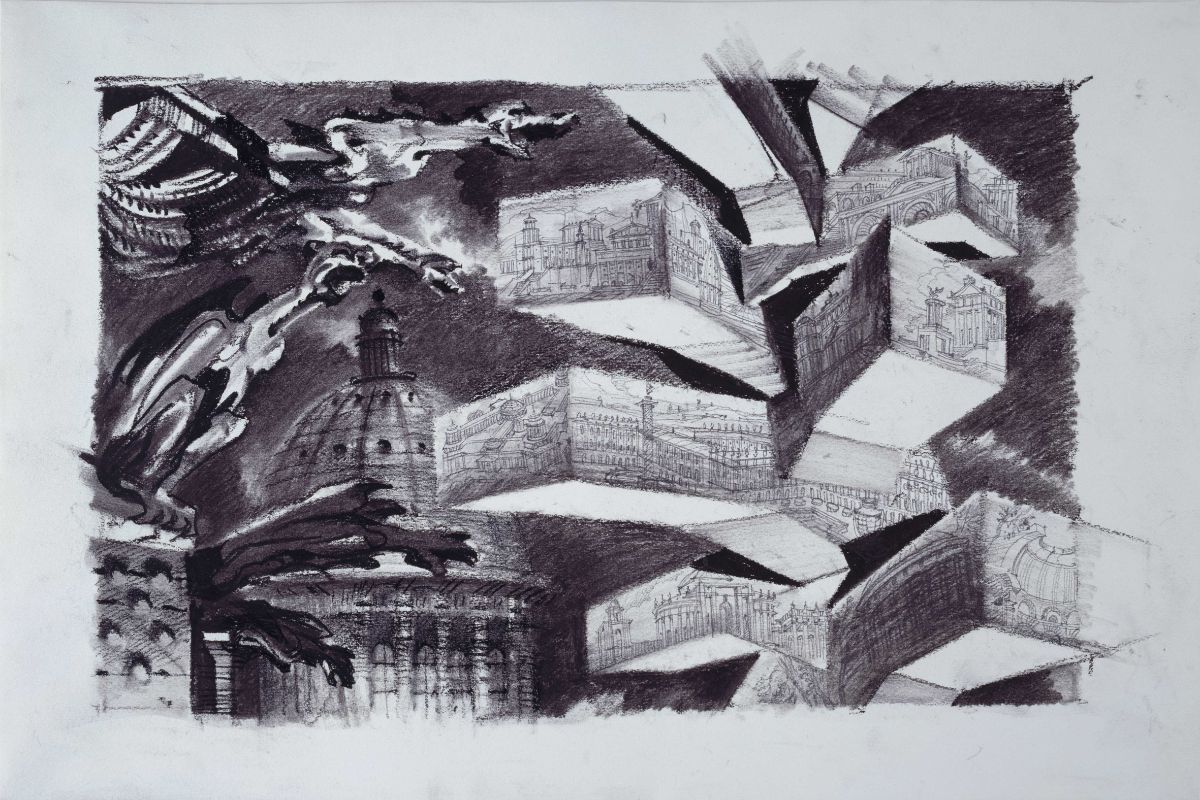The smell and haptic of good paper
Architecture
Sergei Tchoban’s entire life is centred around his passion for drawing buildings. Born in Leningrad (St.Petersburg) in 1962, he took to drawing as a young boy, which then led to the study and practice of architecture. He is now a highly prolific and recognised contemporary architect with parallel practices in both Russia (SPEECH) and Germany (Tchoban Voss Architekten). Tchoban’s love of architectural drawing also extends to the works of others and he has an exceptional collection including pieces from experimental architects of the Soviet Union, Japanese masters such as Utagawa Hiroshige and Italian greats such as Pietro di Gonzaga and Giovanni Battista Piranesi.
In 2013 Tchoban opened his own museum, The Museum for Architectural Drawing, in Berlin’s Prenzlauer Berg. Designed not just to house his own collection, but as an ideal setting in which to share his passion with others through temporary exhibitions from other leading cultural institutions around the world through his Tchoban Foundation.
The Museum for Architectural Drawing is in itself an extraordinary work, standing beside it you can almost experience Tchoban drawing it in place next to the neighbouring traditional housing stock; comfortably stitching his contemporary expressiveness into its historical context in a way that Tchoban calls the “harmony of contrasts”. Even the walls of the building are etched with giant abstracted sketches. It’s like his hand never stops: flying off the page, into space, across walls, through dimensions and, eventually, time…
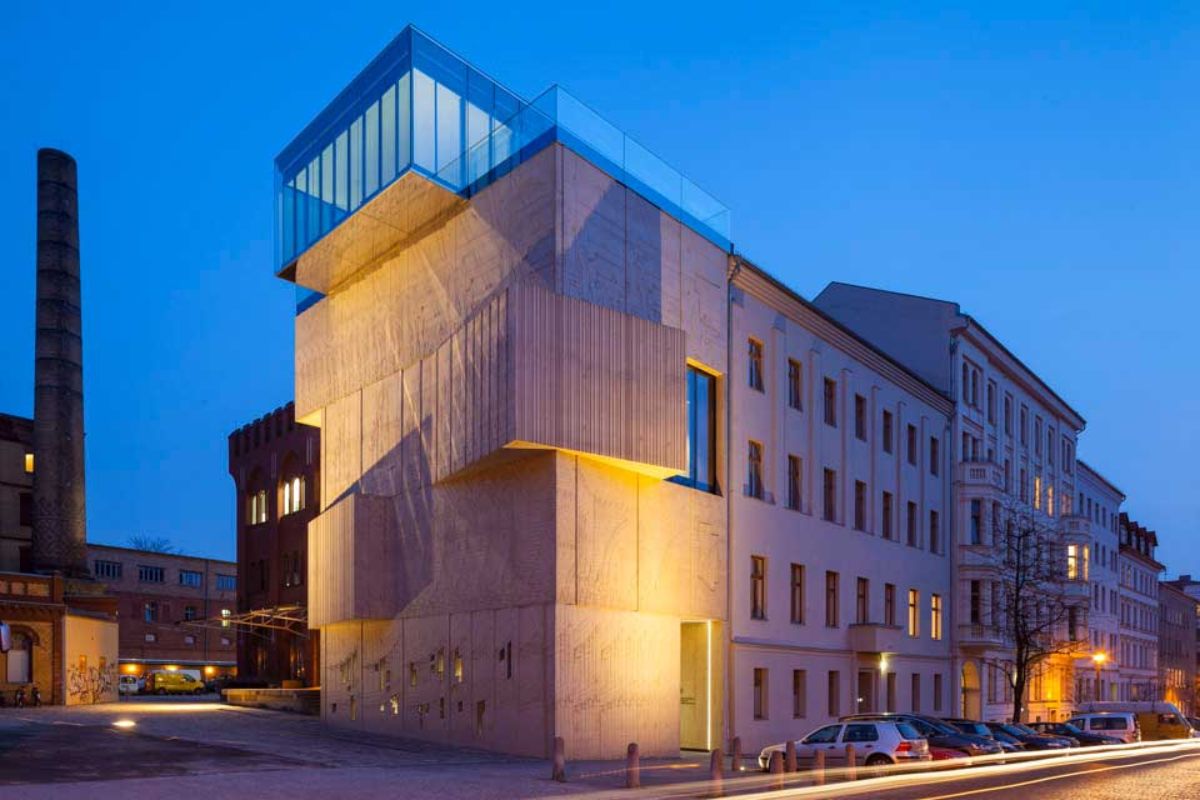
© Liz Eve
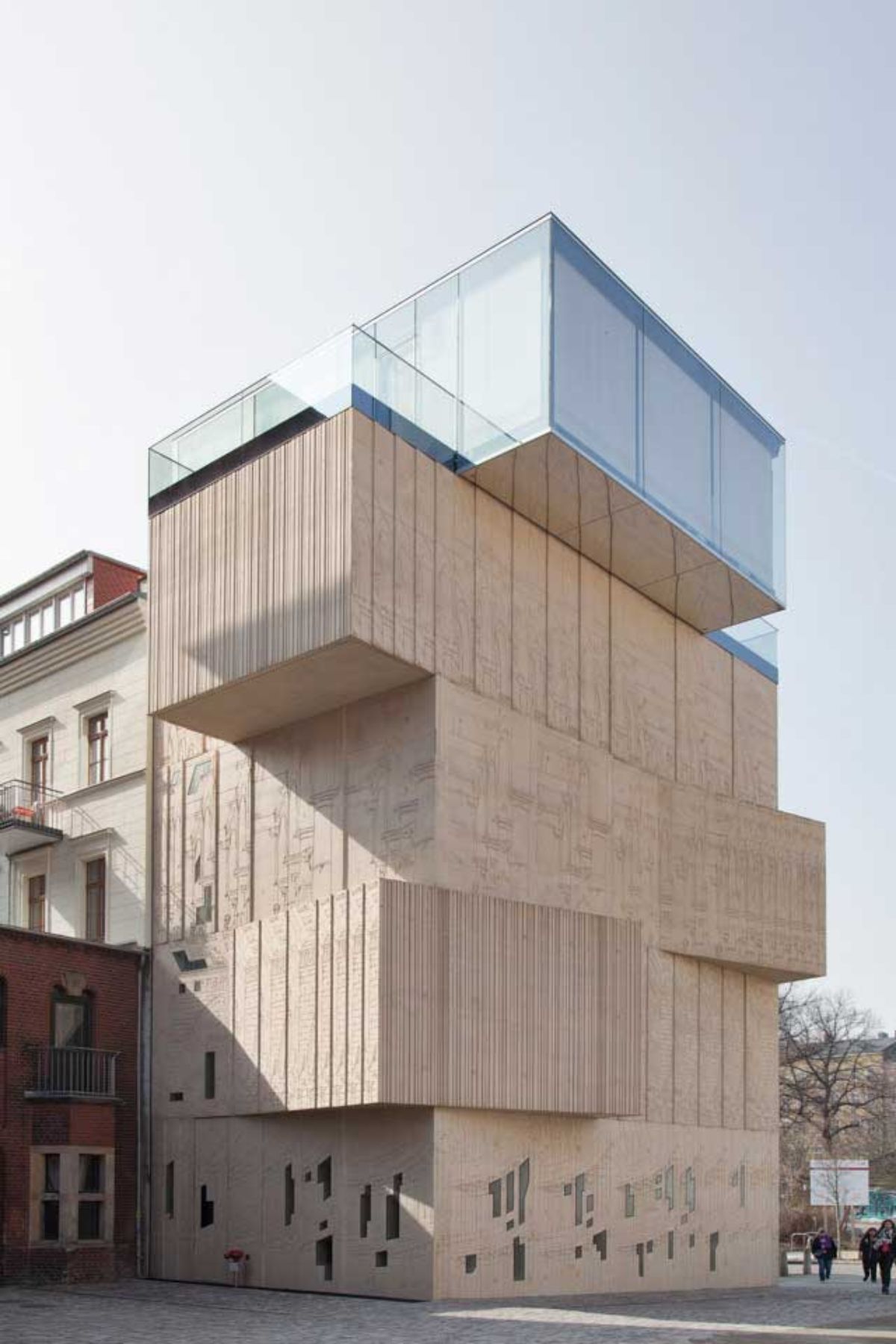
© Liz Eve
Why are you creative?
I am creative or work creatively because it is my passion, and it is the most exciting and interesting occupation in the world to create new things, new architecture and architectural and urban visions by means of drawings and then to objectify them in a real project. It is simply essential for me to seek and find my own answers in terms of content and design. The first sketch of a project always comes from me. The creative process arises in the sketch. The ideas flow directly into my hand and are transferred to a new medium, such as paper or my sketch book.
When did you discover what you wanted to be?
I already knew I wanted to become an artist when I was seven or eight years old. As a child I captured my hometown, familiar districts, buildings and streets in my drawings and I loved to let fantastic dream worlds and visions flow into my works. While reading Russian children’s books and fairy tales, I was particularly fascinated by illustrations of castles and utopian city views. This was long before I saw my first architectural drawing in an exhibition. I was lucky to have family that supported this passion for drawing. So it was through drawing that I discovered my love for architecture, for spatial situations and for urban contexts. It was a logical next step for me to study architecture. But I have never separated my architectural and artistic work – it all comes from the same impulse.
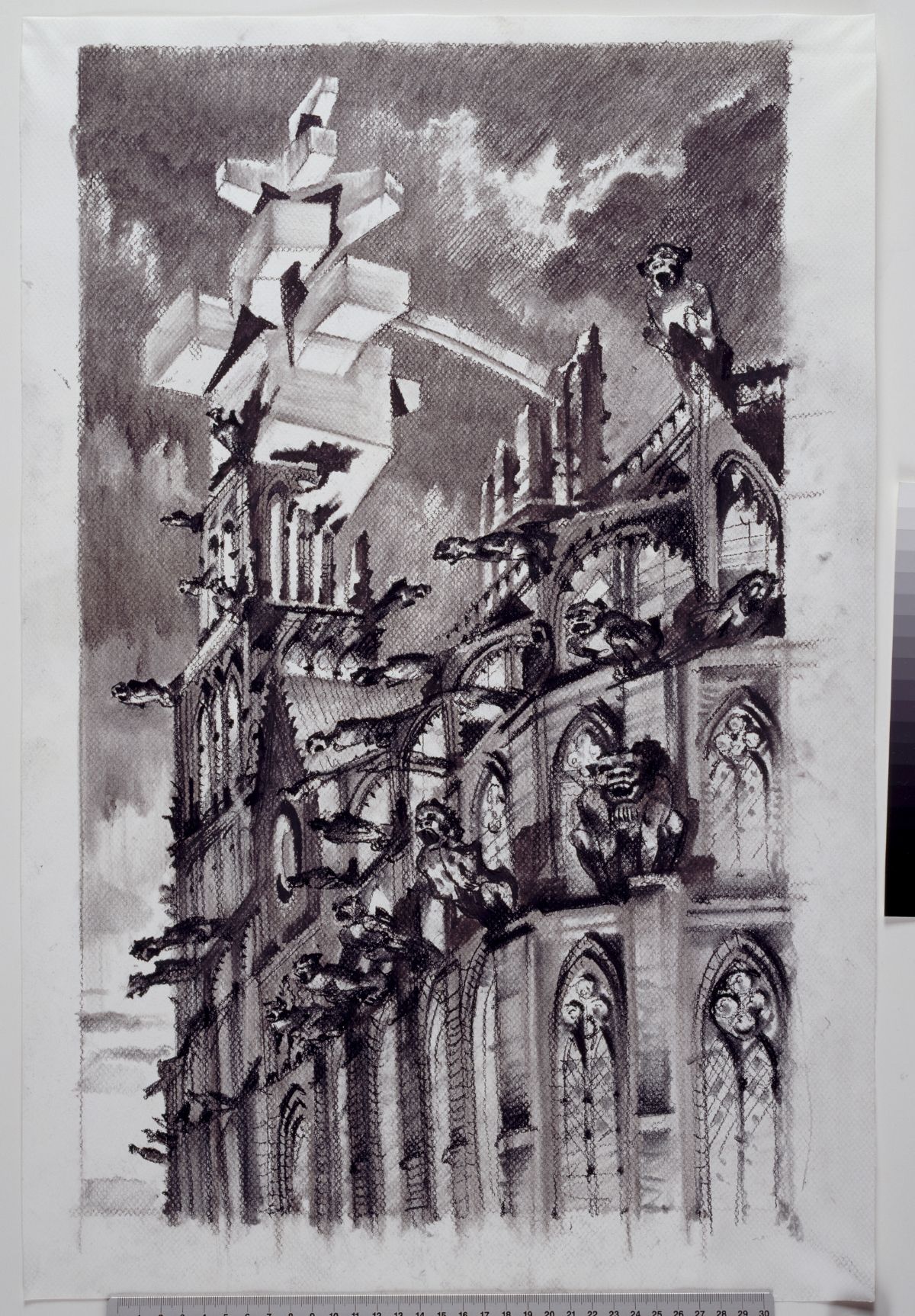
All drawings © Sergei Tchoban
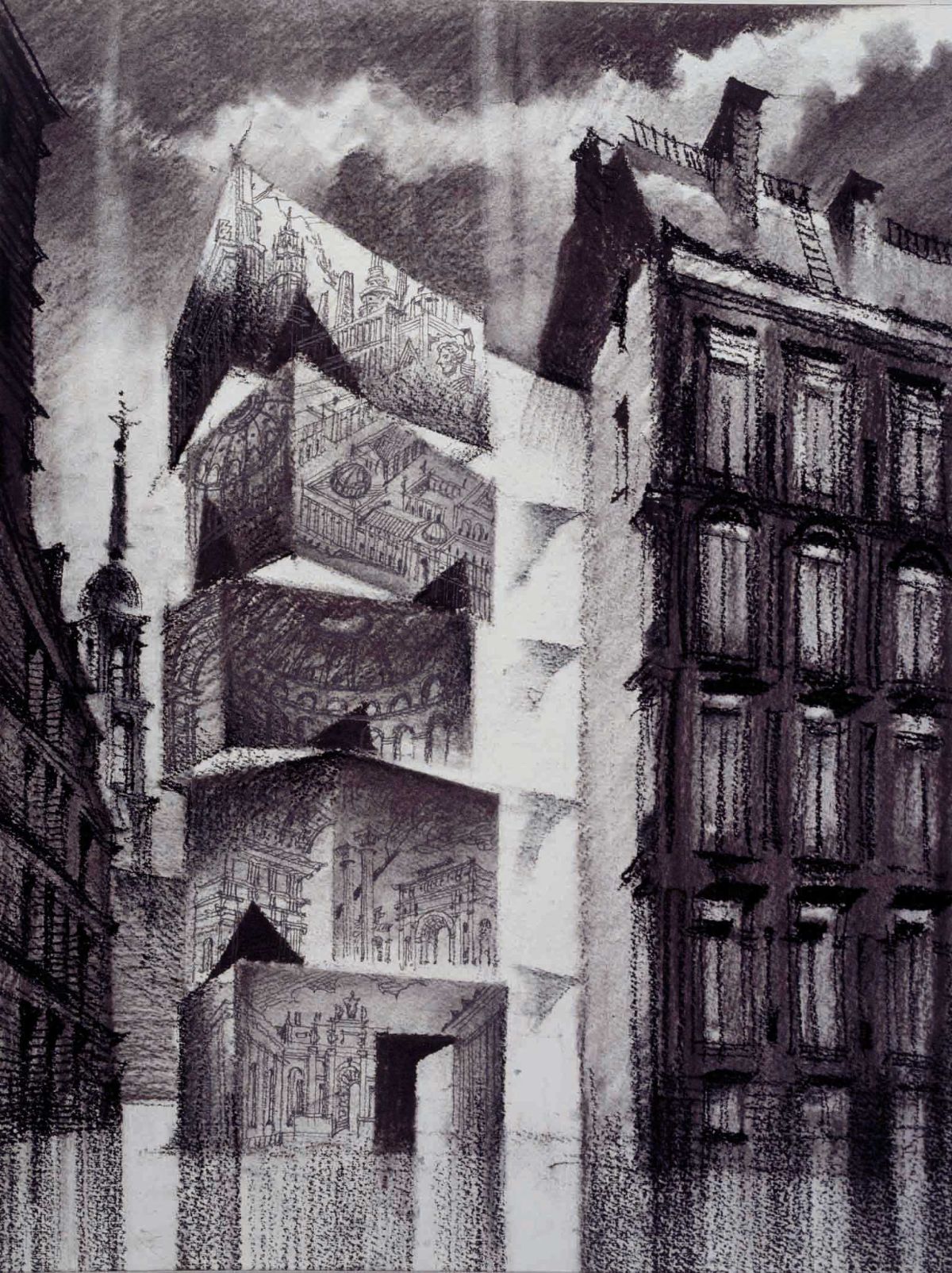
Museum for Architectural Drawing - 2010 // Charcoal on Paper
Where is your imagination space?
It is the urban space designed by people, which fascinates and inspires me. This is where I can let my imagination wander – urban space in connection with nature, but also without. My primary concern is not with individual buildings, but always the urban context.
How do you save your thoughts?
Drawing and sketching are my central means of communication. Although it is a development that seems impossible to escape at the moment, I do not appreciate "backing up" my thoughts in media such as the internet or on social media channels. You can of course also create drawings and drafts with a digital pencil and save them digitally and I am by no means opposed to this. Nevertheless, even in these times of digital change, I appreciate physically drawing by hand much more. I like the smell of pencils, of watercolour and of pastels as well as the smell and haptic of good paper. The visual and haptic experience, the qualities of drawing on a physical medium are still very important for me.
What is your dream?
My dream is not to make the same mistake twice. With a hint of irony, a little wink, I sometimes tell my staff when we are in the planning of a project: “The next mistake we make is in the next design”. Every idea, every design, is flawed from one point of view or another. There is always one aspect, a small detail that could be improved. So in this context, I have to say that I dream of not making the same mistakes again.
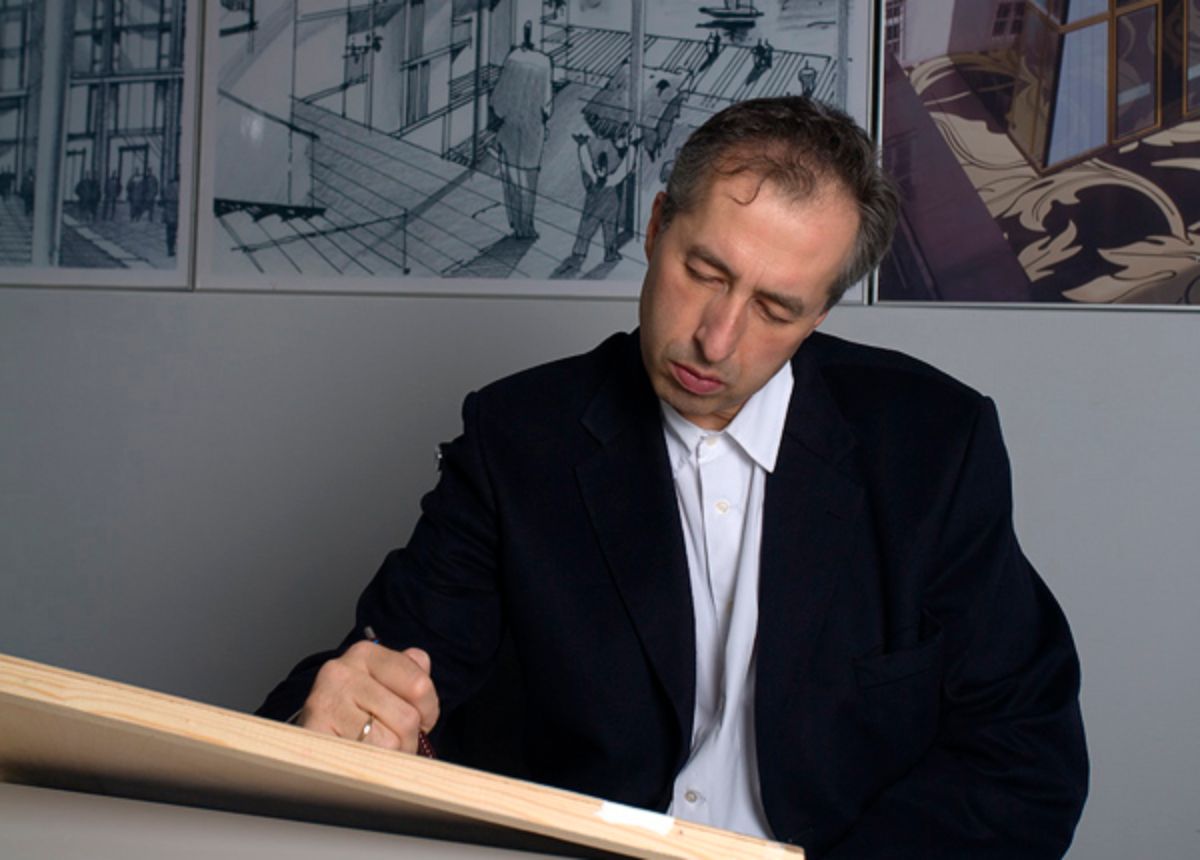
© Zahar Aborkin
